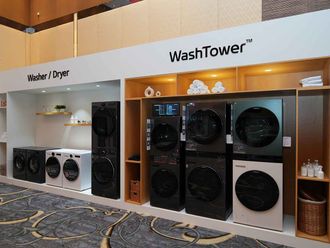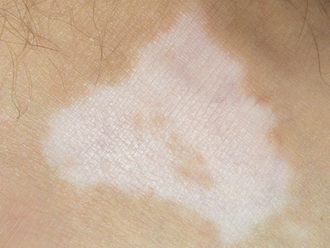The humble car battery. It doesn't ask for a lot these days. A few years ago it might have needed some distilled water every once in a while but now, sealed for life batteries are the norm — for cars and 4x4s anyway.
With no apparent need for regular inspection and no need to top up its cells, your average battery only draws attention to itself on two specific days: the day you fit it, and the day it fails.
Probably leaving you stranded outside the supermarket with a box of melting ice creams, or worse, outside an expensive restaurant while trying to impress a new partner and with the parking valet telling you, "Sorry, but your car won't start".
So how can you avoid being stranded in the car park with no hope of cranking your starter motor? To understand why a battery fails, it's important to understand what's normally going on inside that little grey box under the bonnet. If you could see inside a regular 12V car battery, you would notice that it's subdivided within, typically into six sections.
Inside each of these sections are alternating positive and negative flat plates made of lead and lead alloys. Fundamentally they are identical, and both are covered in a special paste made up primarily of powdered lead, but for the negative plates, powdered sulfates are added to the paste.
These plates are suspended inside the battery casing, separated from each other by a membrane material which allows electrical current to flow between them, but prevents the plates themselves from shorting out.
To complete the construction, the casing is filled with a sulfuric acid and water solution (electrolyte/battery acid), the plates are connected to the positive and negative posts on the battery lid, and the lid is sealed to the casing.
Now for the (very simplified) chemistry lesson: whether the battery is being used to power the head lights, or chill your cold drinks in a portable fridge, it's effectively being discharged. This happens because the sulfate in the electrolyte migrates to the surfaces of the positive and negative plates, causing an electrical current which is given up by the battery for the benefit of your comfort, safety and campfire beverages.
As the evening wears on and the fridge flattens your battery, the creation of water within the electrolyte as a result of this chemical process weakens the battery acid as it becomes more dilute.
When you pack up and drive home the next morning, with no lights on and the fridge switched off, your car's alternator does what all good alternators should do, and pushes electrons back down into the battery. All the sulfates on the plates head home as fast as you do, back into the electrolyte, and make it less dilute in the process.
Voilà! Your battery is recharged and ready for a full day's work.Pity the same can't be said about the late night party animals.
A flat battery is simply one whose electrolyte is so dilute that the whole chemical process inside the cells is stalled and going nowhere. And that's when you need the electrical equivalent of an energy drink, an external voltage delivered via jump leads, to fire up the engine, kick the alternator into life and get that electrolyte back on its feet. I told you I would simplify things…
When a battery appears to be dead and won't take or hold a charge, it's become what's known as sulfated, meaning that the sulfates on the surface of the plates have hardened. Here are a couple of ways to prevent this from happening...
Don't leave the battery discharged for long periods
If you are going on holiday for several weeks, disconnect the battery from the car, ensuring that it's fully charged before doing so. A day time run (so no headlights) of an hour or so at highway speeds will help to ensure it's holding as good a charge as possible prior to disconnection.
Avoid keeping the battery in limbo; never discharged but never quite fully charged
Driving only for very short school, office or shop runs may shorten your battery's life, because it's operating in a condition where it never really carries a full charge — the sulfates are not all migrating back to the electrolyte.
A good long drive every few weeks will help to prevent this. However, lines such as, "Let me take you away this weekend, my love. I need to get the sulfates off my plates," may result in a fairly negative reaction. Or maybe positive, who knows?
Hybrid fascination
Of course, if you want to turn your back on lead acid batteries and adopt a more modern technology, there's a whole world of Battery Electric Vehicles (BEVs) and hybrid technologies out there for you. Provided you're ready to pay the price. Right now the cost of batteries for such vehicles, depending on the type of battery and vehicle size, ranges from anywhere between $4,000 and $10,000, making them a very significant factor in the total cost of such vehicles.
Nickel Metal Hydride (Ni-MH) and Lithium Ion (Li-ion) type batteries dominate the current market, and the indications are that development of Li-ion batteries in particular is likely to reduce their costs, improve their efficiency and increase their lifespan to ten years or more. In a welcome development for all drivers, scientists are also working on reducing their toxicity and minimising their tendency to burst into flames if charged incorrectly.
As the popularity and practicality of BEVs and hybrids continues to increase, you might be mistaken for thinking that the traditional lead acid battery's days are numbered.
But the industry is fighting back, pointing out that something like 95 per cent of the lead in such batteries is recycled; a figure which certainly can't be claimed by their more modern competition.
One thing's for sure though; whether lead acid, Ni-MH or Li-ion, a vehicle with a flat battery is only as good as the slope you parked it on. Happy jump starts!












